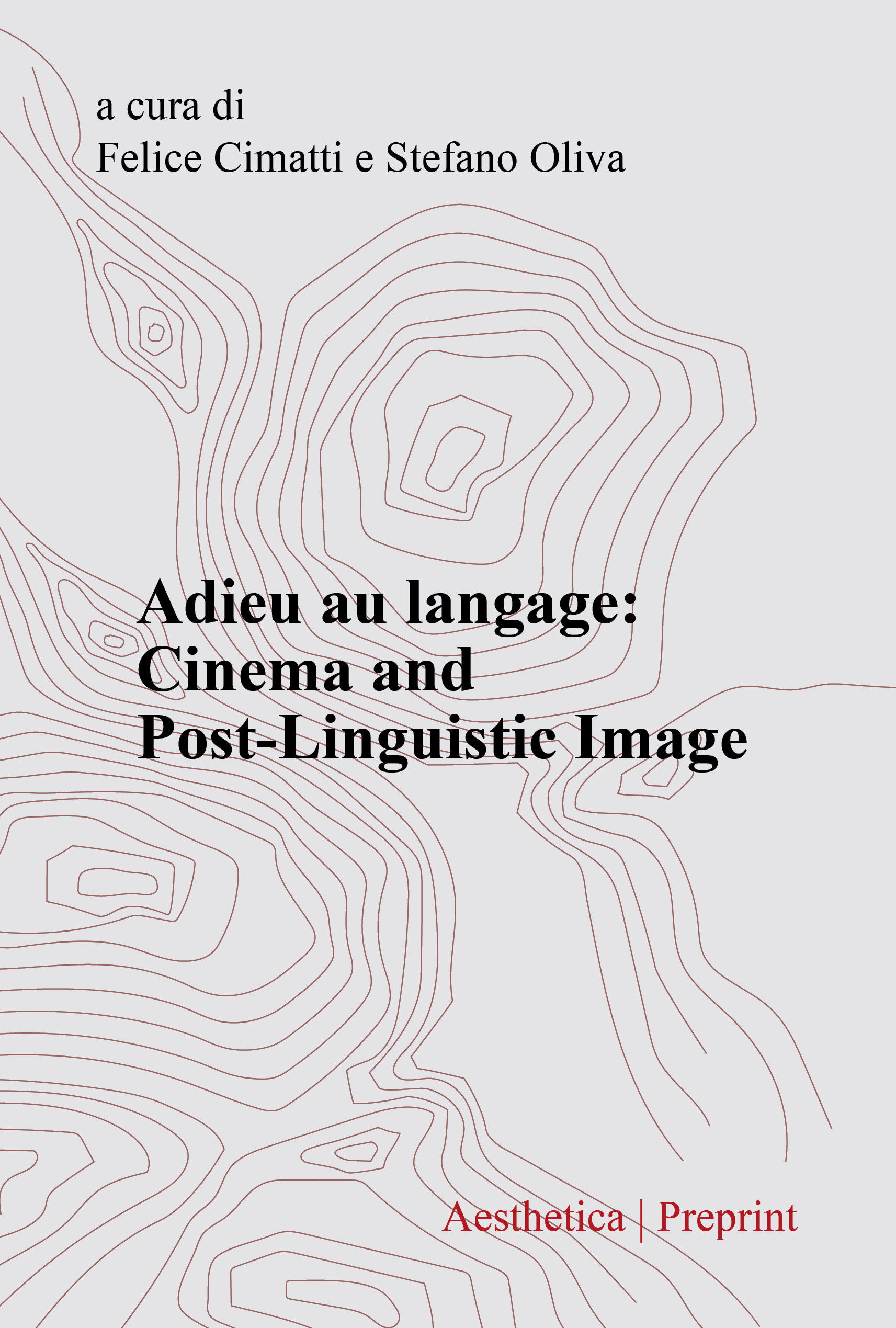Abstract
Distributed in Italy under the title I racconti della luna pallida d’agosto (1953), Mizoguchi’s film outlines a reflection capable of leading the viewer into an area of indistinction within which the boundaries between fantastic and real, visible and invisible, light and darkness are mutually mixed. By examining two famous sequences from the film, the paper aims to investigate the way in which cinema produces images that open up to the emotional universe, going beyond the recognizable contents of thought. To explore in depth the emotional horizon disclosed by the seventh art, attention will be paid to the concepts of psychoanalysis, through the thought of Freud and Matte Blanco. From this point of view, the compositional unity of Mizoguchi’s film reveals a particular sinergy between corporal and transcendental dimensions, showing the different articulations of the human being.

